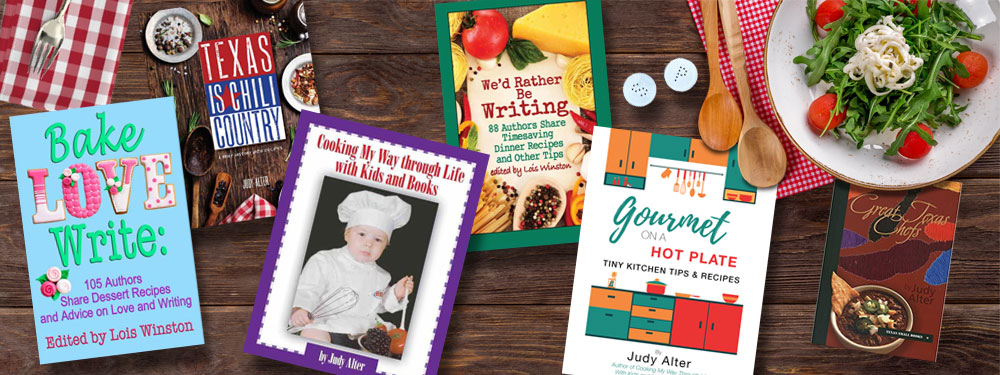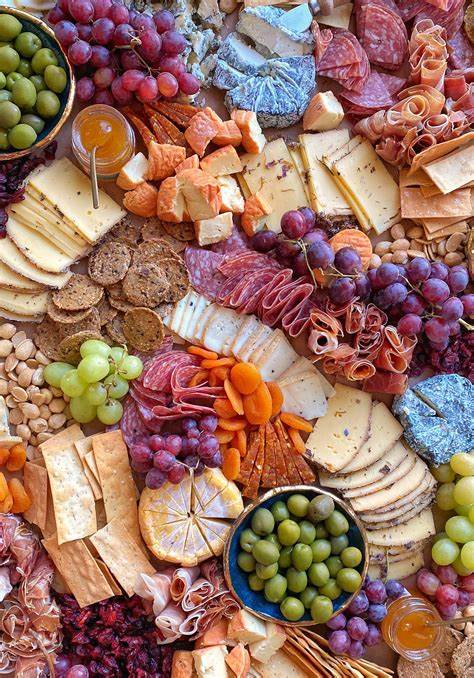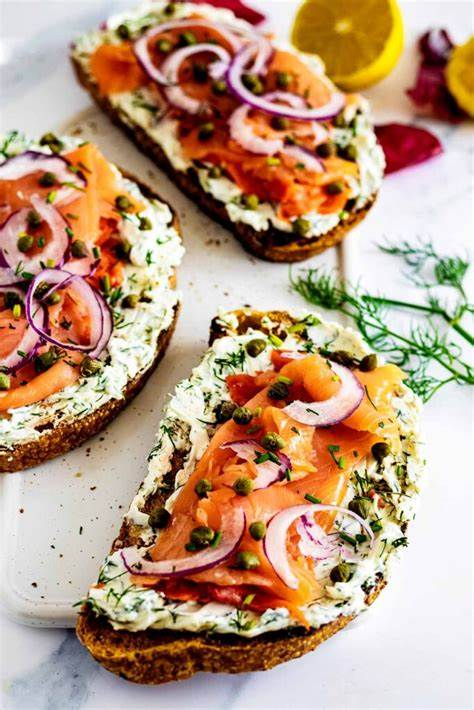In Irene in Danger and Finding Florence, the two most recent cozies in my Irene in Chicago Culinary Mysteries, narrator Henny James stars in her own TV show titled, “From My Mom’s Kitchen.” In contrast to Irene’s focus on French cuisine, Henny shares down-home recipes from her mom’s Texas kitchen. This morning I went searching for a specific recipe from my mom—a leg of lamb with plum preserves—to share with you. Never did find it but I sent myself on a nostalgia trip remembering some of the ordinary dishes Mom cooked.
Alice
Peterman Peckham MacBain was of German descent, and her mother Granny Peterman,
whom I barely remember, served traditional German meals. One result of that was
Mom refused to touch or serve sauerkraut, and I never tasted it until I was
grown and fixing my own meals. And as a child, I never had sauerbraten or
schnitzel or rouladen, and there might have been cabbage but never sweet and sour.
Still, married to an Anglophile who wanted roast beef and potatoes every night,
Mom managed to cook some foods that I think she probably learned from her
mother. Here are a few simple ones:
Sausage
and apple skillet
1 lb. ground pork sausage
3-4 tart apples, cored and cut into
slices but not peeled
Fry pork sausage until crumbled and
done; drain off some of the grease and add two or three sliced apples—maybe McIntosh?
a tart variety—and cook until apples are mushy. In those days we didn’t have
choices between hot or mild or maple-flavored sausage. There was only what
today would be labeled “regular” or “original.”
Mom sometimes served this for breakfast,
but more often it was a light supper. We had a tradition of Sunday supper eaten
on a rolling tea cart in front of the fireplace rather than at the formal
dining table. This skillet dish was typical of those suppers; so were souffles
and stratas (a layered casserole of bread and egg, usually with cheese.)
Wilted
lettuce
Dad struggled
to grow vegetables in the soot and smoke of Chicago, but when we had fresh leaf
lettuce, Mom often wilted it. Christian was cautious when I mentioned wilted
lettuce (it does conjure a negative image), but he now likes it.
2-3 slices bacon cooked crisp and
crumbled – save 2 Tbsp. grease
Vinegar to taste (start with 1 tsp.
and taste)
Fresh leaf lettuce
Mom would fry bacon, drain some of
the grease off and add vinegar to the remaining, and crumble the bacon into it
and reheat until just warm. (She did not measure, and my suggestions are
approximate.) Then she poured the warm grease on the lettuce. You can only do
this with fresh leaf lettuce.
Mom also used to fix beets and
greens, which you almost never see these days. I don’t think people eat fresh
beets much—or any other kind. She’d cook the beets, slice them, and return them
to the pan with the washed and stemmed greens to simmer until the greens were
soft. She poured vinegar over beets and greens, and one of my sons always ate them
that way. I prefer them with butter and lemon. But a warning: it’s hard to find
enough greens on fresh beets.
Beets
and greens
1 bunch fresh beets with full,
healthy greens still attached
Butter
Lemon and butter or vinegar to taste
Remove greens from beets; wash and
set aside. Boil or roast beets until they can easily be pierced with a fork.
Run under cold water until cool enough to handle and peel (the peel slips right
off once cooked). Cut off the ends, slice, and return to drained saucepan. Trim
stems off greens and add to pan with just a bit of moisture. Cook until beets
are heated and greens are wilted and cooked.
I never ate southern dishes as a
“northern” kid, but it occurs to me all these years later that Mom’s fried mush
was typically southern. I think fried mush was one more thing from my Granny
Peterman’s kitchen. Today, we’d call it hard polenta and serve it at supper. In
Mom’s kitchen, it was breakfast.
Fried
mush
Cornmeal
Oil
Butter
Syrup
Make cornmeal mush in a loaf pan,
following directions on the cornmeal, and chill. Slice and fry in skillet with
small amount of oil or maybe she used margarine (I’d use butter today) until
lightly browned. Serve warm with butter and syrup. It’s delicious!
As for that sauerkraut Mom wouldn’t
eat, try this:
Caramelized sauerkraut
Sauerkraut - about ½ cup per person (I do not like canned
sauerkraut and always use a brand that comes in a glass jar or plastic pouch;
drain well before frying)
Butter
Sugar
Stir-fry
sauerkraut in butter, constantly stirring and sprinkling with sugar, until it
turns a lovely shade of light brown. It’s hard to get this right, and you may
have to try a couple of times, but it’s so good. Mom didn’t know what she was
missing!





